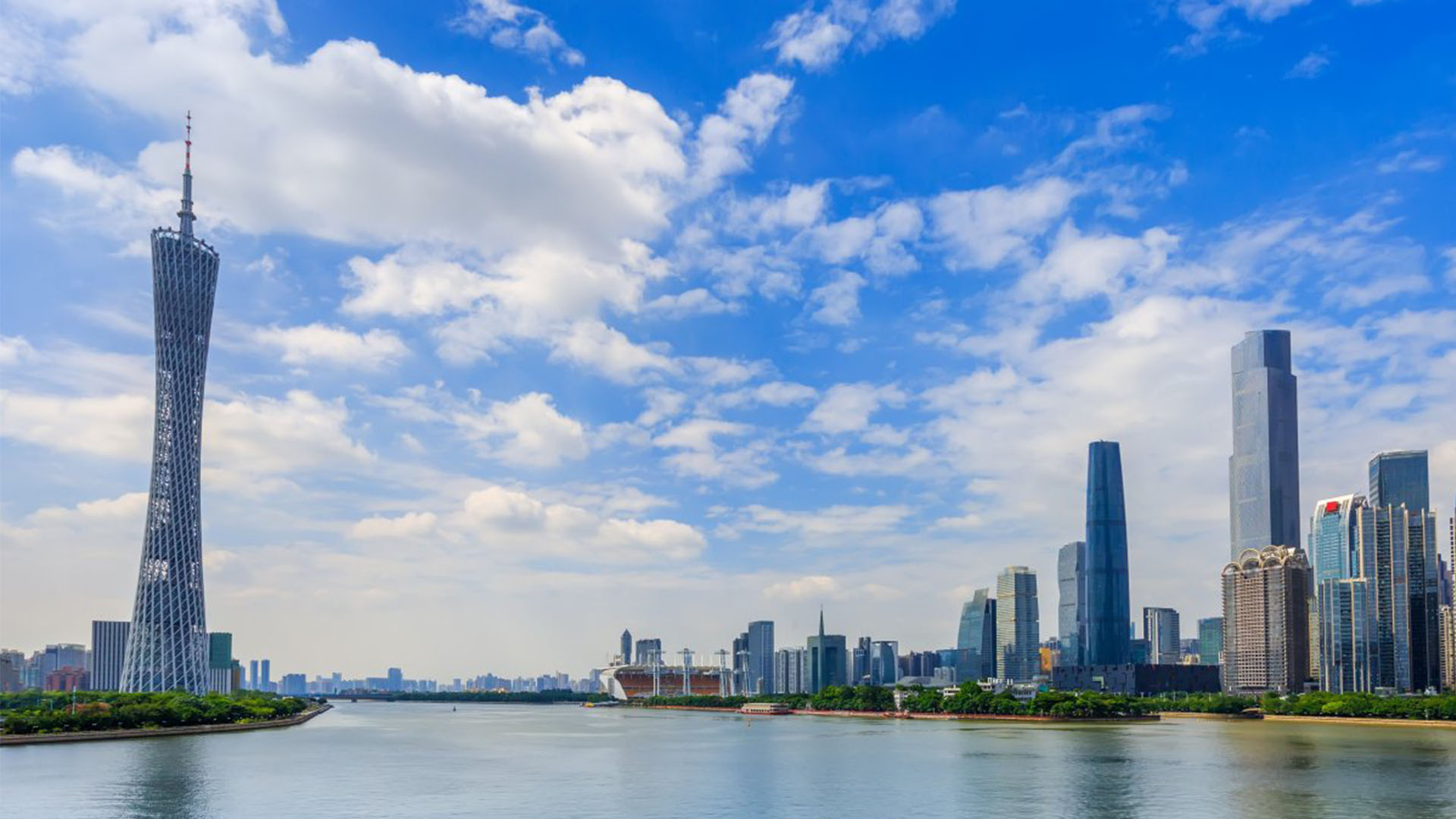
GUANGZHOU
Guangzhou, the capital city of Guangdong province, is an important political, economic, industrial, and cultural center in the South China region. North of Hong Kong, Macau, and the South China Sea, Guangzhou’s location in the Pearl River Delta has long secured the city’s position as the southern gate of mainland China. As the origin of the ancient Chinese Maritime Silk Road, it was the oldest foreign trading port in mainland China and the only one that has never been closed.
Now, as one of the prominent cities included in the Guangdong-Hong Kong-Macau Greater Bay Area (GBA) plan and a key location on the Belt and Road Initiative (BRI), Guangzhou is growing into a global transport hub, trade center, and a science and technology innovation center.
Guangzhou boasts of advanced infrastructure, including the third-busiest airport (Guangzhou Baiyun International Airport) in terms of passenger throughput, the fourth-largest port (Guangzhou Port) in terms of cargo throughput, and the most well-connected railway network in mainland China.
The China Import and Export Fair, or Canton Fair, is the most prestigious trade fair in China, and is held in Guangzhou every spring and autumn. A mass of merchants and foreign enterprises from over 200 countries and regions attend the fair every year.
Guangzhou also has the third largest number of national high-tech enterprises (over 11,000) and is home to the majority of the province’s university personnel and scientific and technological workers.
The 2018 White Paper on the Business Environment in China, released by The American Chamber of Commerce in South China, found that Guangzhou is the most popular investment city in China.
In 2018, over 30,000 foreign-invested enterprises had settled in Guangzhou. Overall, 297 of the Fortune Global 500 companies have set up 921 projects in Guangzhou. Of the total Fortune Global 500 companies, 120 companies have their headquarters or regional headquarters in Guangzhou.

